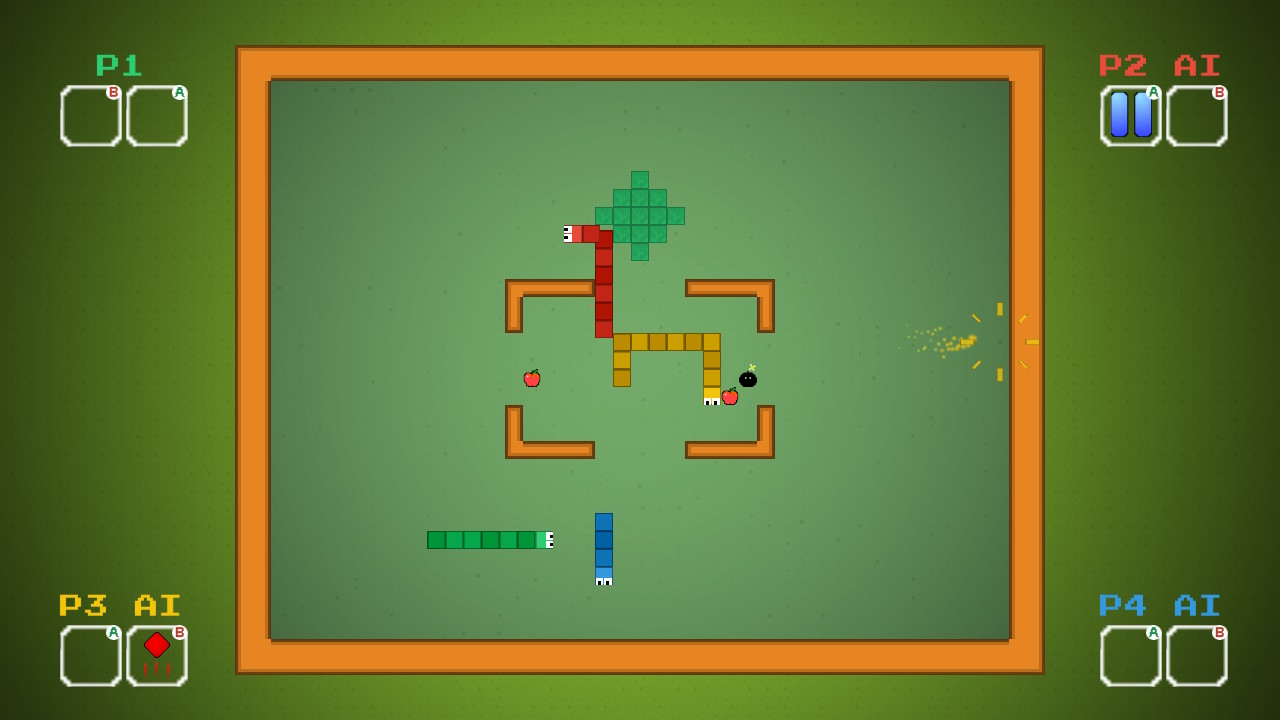

Take for example the second fish I caught this day. You can pretty much sight cast to the fish when you see surface action. A takeaway here: these fish are very active during their spawn. We could hear and see them actively jumping about. Both parents will protect and stay with the fry for about four weeks after the hatch. They will clear any vegetation above their nest. Their nests are circular in shape, nearly 40 inches in diameter, and in water from two- to slightly over three-feet-deep. They reach sexual maturity at two to three years of age, somewhere between 11 and 13 inches in length. Snakehead spawn on and off between May and July. With muddy bottoms strewn with lily pads, this is a perfect home for a snakehead.Īs Julian and I set off in pursuit of some dinner, we knew that the fish had just spawned or were still in their spawn. In the Blackwater Refuge waters, for example, you will find large bodies of open water with the upper reaches of its coves and feeder creeks being shallower. That doesn’t mean you won’t find them in other types of ecosystems, but it will be slightly harder to catch them because there will be fewer fish around. They prefer stagnant, shallow water with mud bottoms and aquatic vegetation.

Northern snakehead are a very hardy fish and can live in a wide range of environmental conditions. The author hoists a Blackwater summer snakehead. Typical summer fishing conditions, here in the Mid-Atlantic region. under a bluebird sky, with few clouds forecast to block the hot summer sun and the temperature already 82 degrees. We set out to catch a few snakeheads to take home for dinner and launch our kayaks a little after 7 a.m. It’s early July and I’m snakehead fishing the Blackwater in Dorchester County, MD, with my friend Julian.


 0 kommentar(er)
0 kommentar(er)
